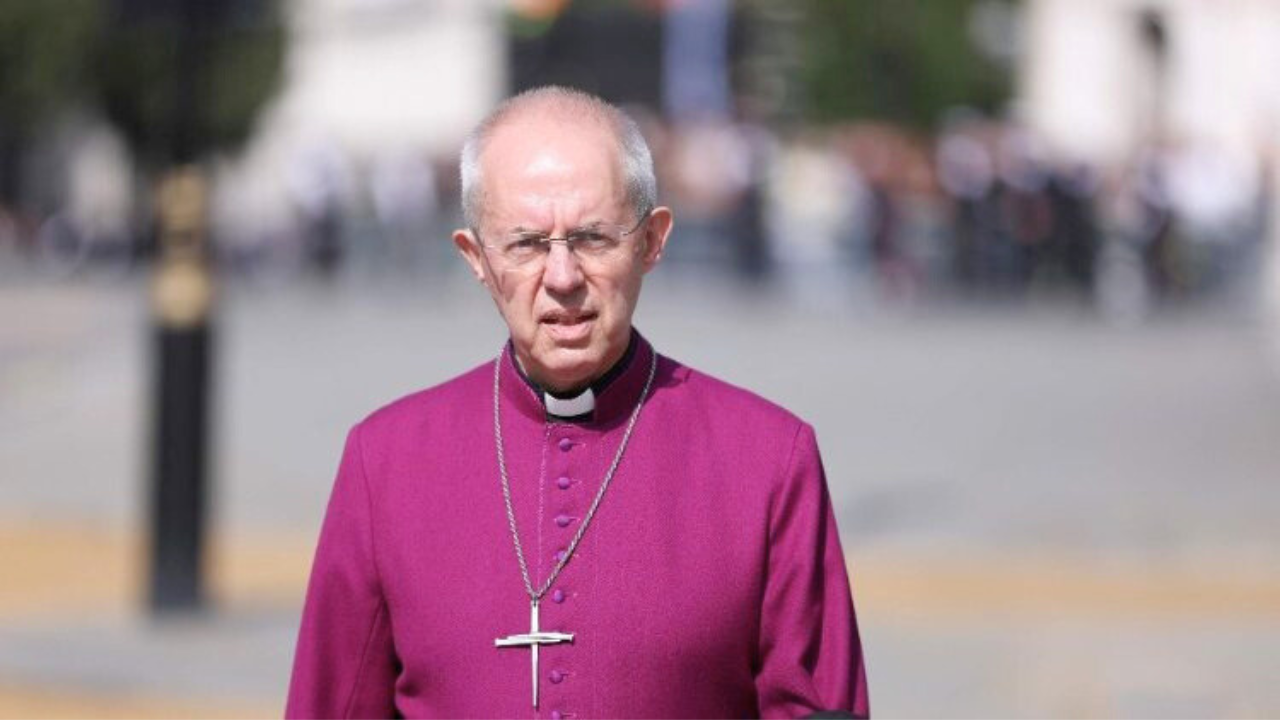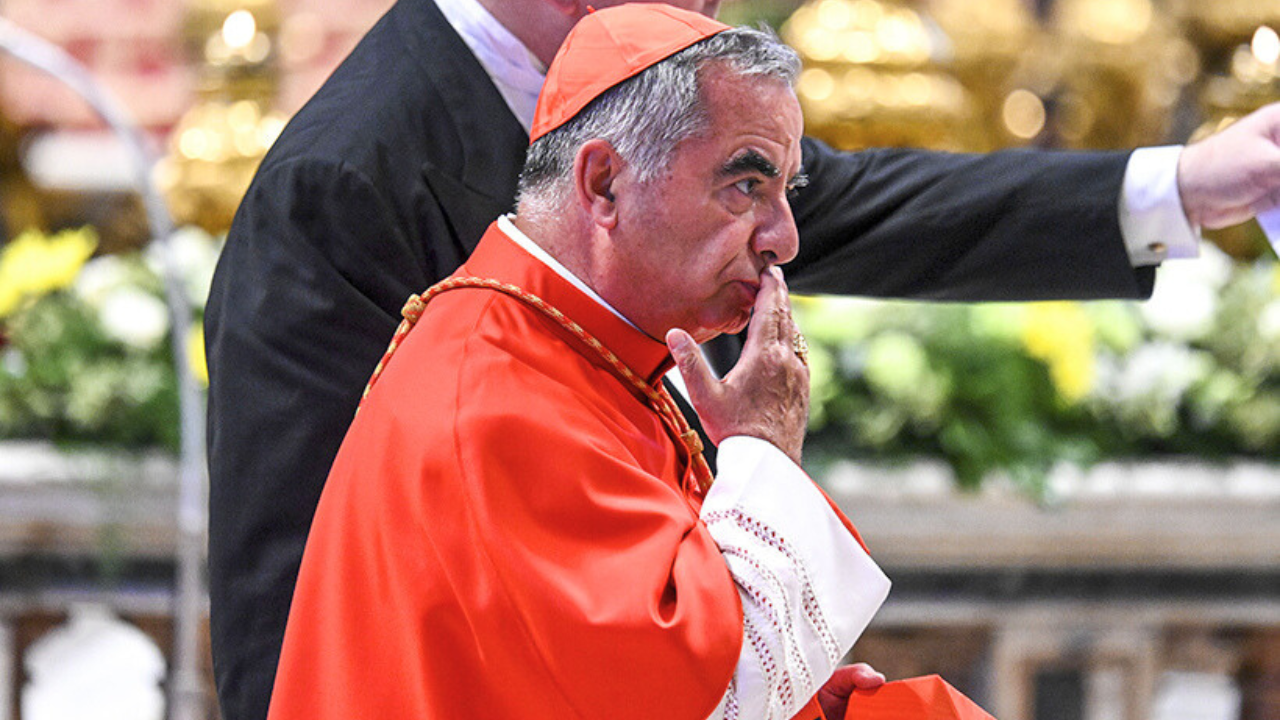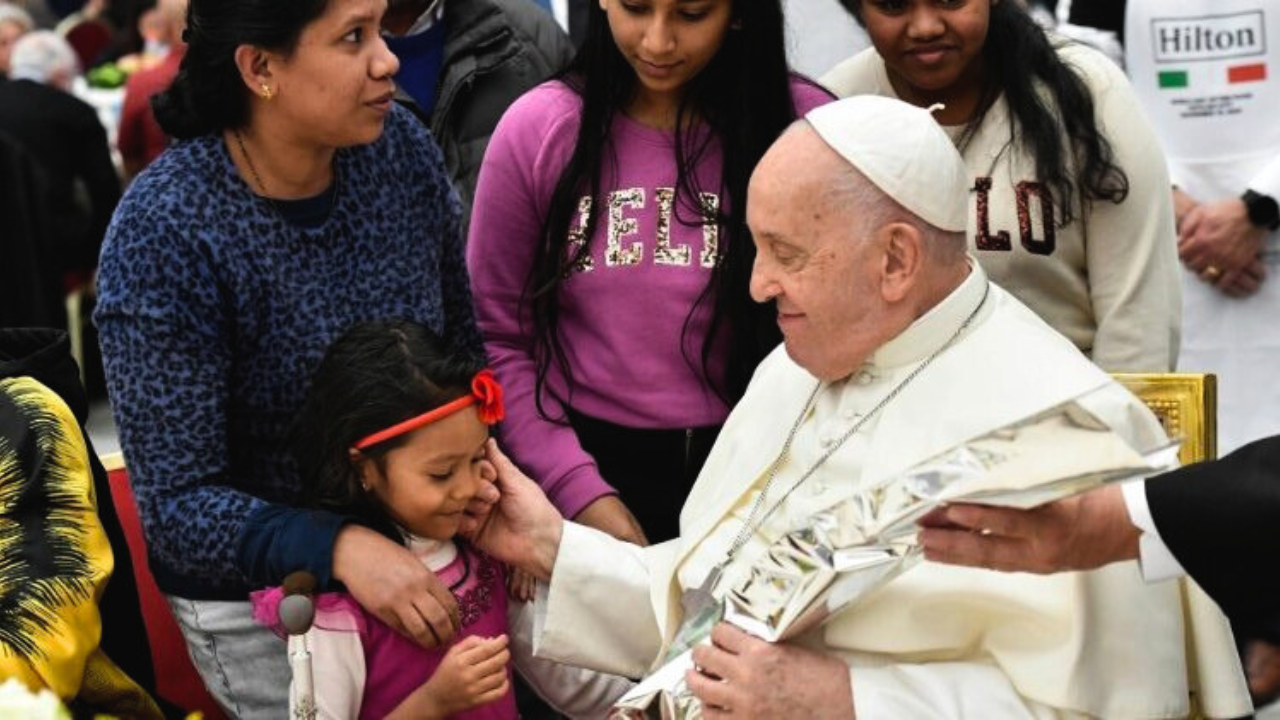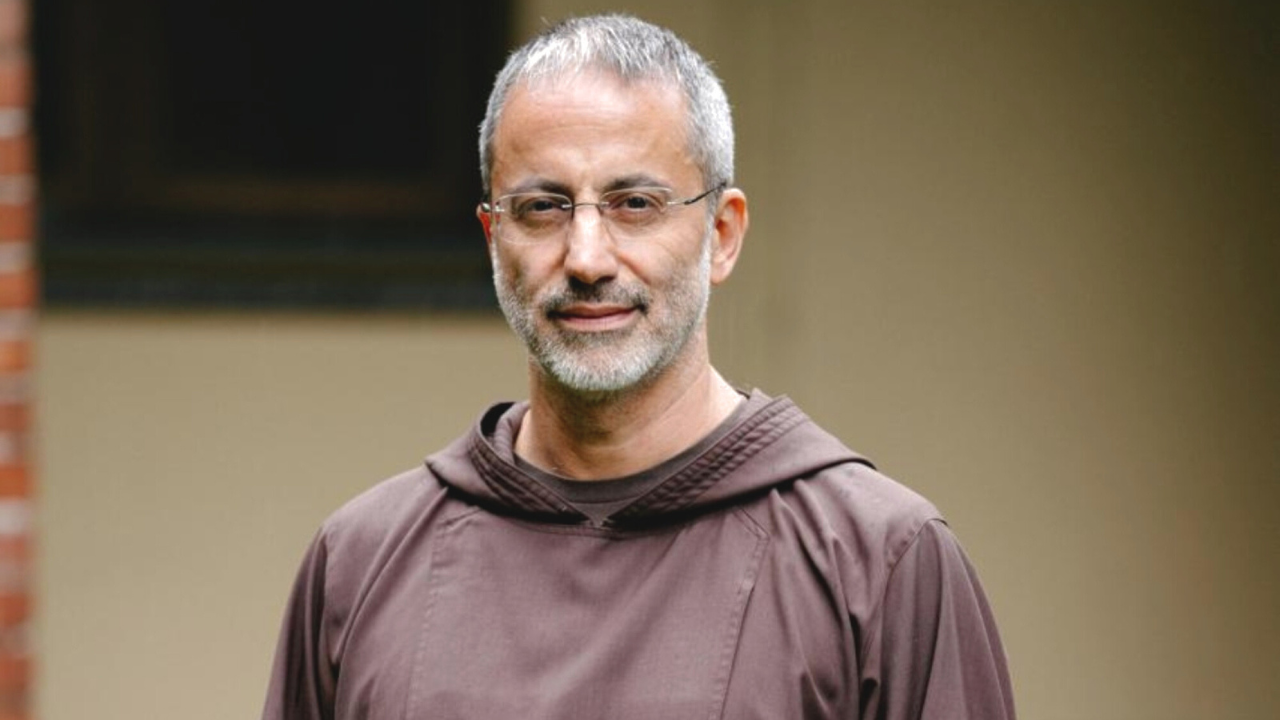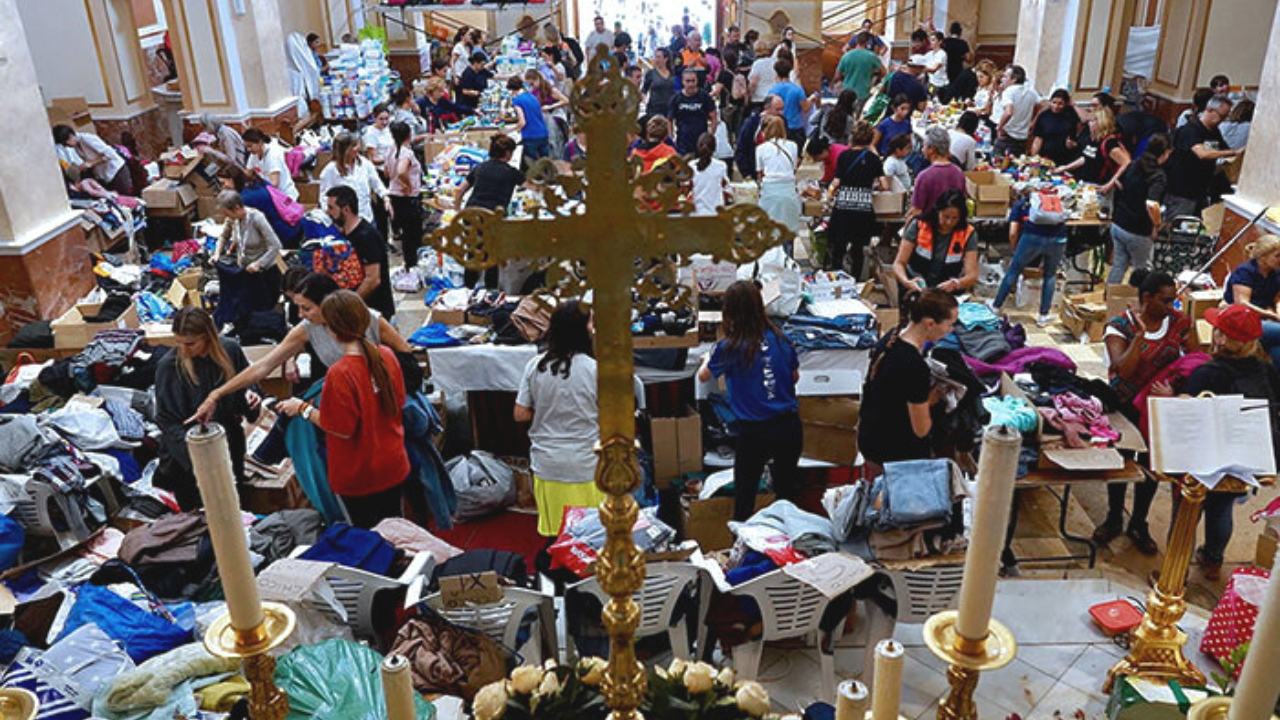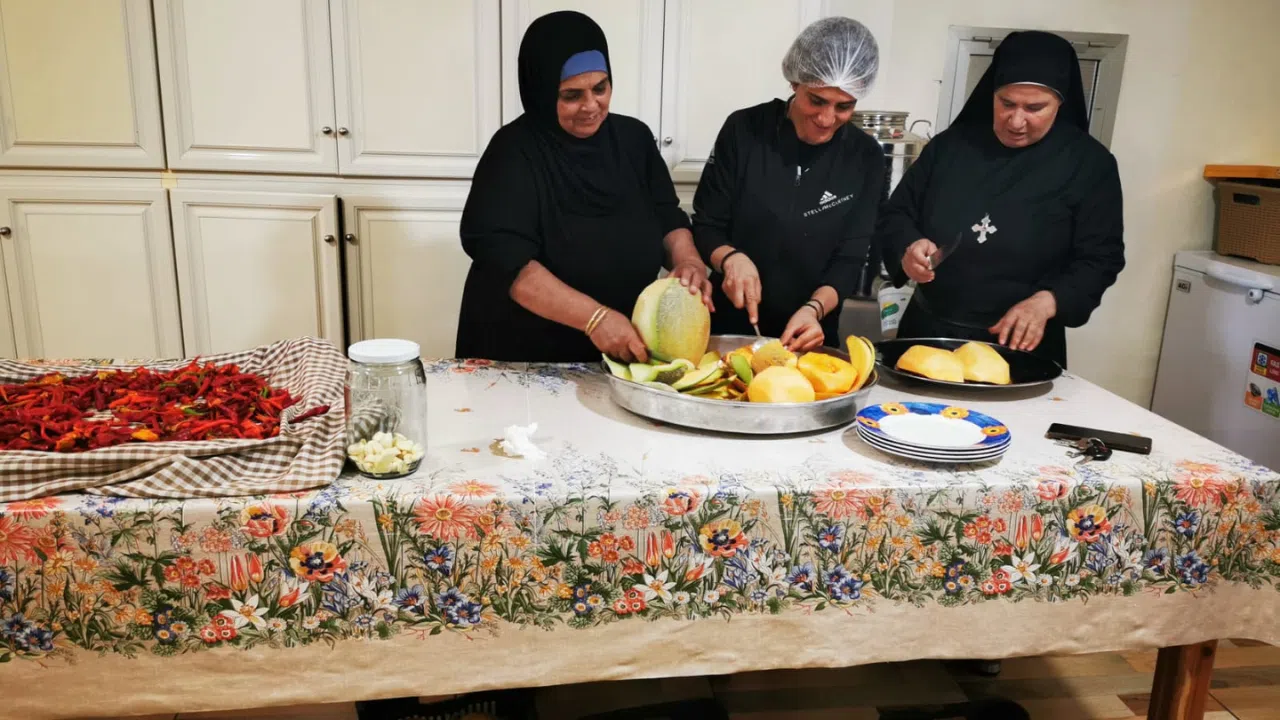More global deaths occur from organized crime than from terrorism or armed conflicts. A report published by the United Nations Office on Drugs and Crime (UNODC) claims 464,000 people worldwide were victims of homicide in 2017, surpassing the 89,000 who died in armed conflicts in the same year.
YURY FEDOTOV
Executive Director, UNODC
“While their objectives may differ, criminals and terrorists share a need to operate in the shadows, exploiting gaps in criminal justice responses in and between countries and regions. Terrorist tactics can be employed by organized criminal groups, while terrorists raise funds through criminal activities.”
These activities include human trafficking for sexual exploitation, child soldiers and forced labor that can be used to generate income, frighten and recruit new combatants.
YURY FEDOTOV
Executive Director, UNODC
'The connections between terrorism and organized crime are complex, and they’re shifting; and more research is needed. As the Security Council has repeatedly recognized, addressing the linkages between transnational organized crime and terrorism requires the international community to work together to close gaps in criminal justice responses and deny criminals and terrorists any safe haven.'
The global report on homicide 2019, published by the United Nations Office on Drugs and Crime, shows that organized crime is responsible for 19 percent of homicides.
Yet, it ensures that homicide rates vary widely.
Figures for 2017 show that since reliable record-keeping began in 1990, the highest rate of homicides per 100,000 inhabitants was on the American continent with 17.2. Africa is second with a mean of 13.0 per 100,000, and the world average is 6.1.
Asia, Europe and Oceania are below the world average: 2.3, 3.0 and 2.8, respectively.
Likewise, although the majority of homicide victims are men, women are usually killed by relatives and partners.



